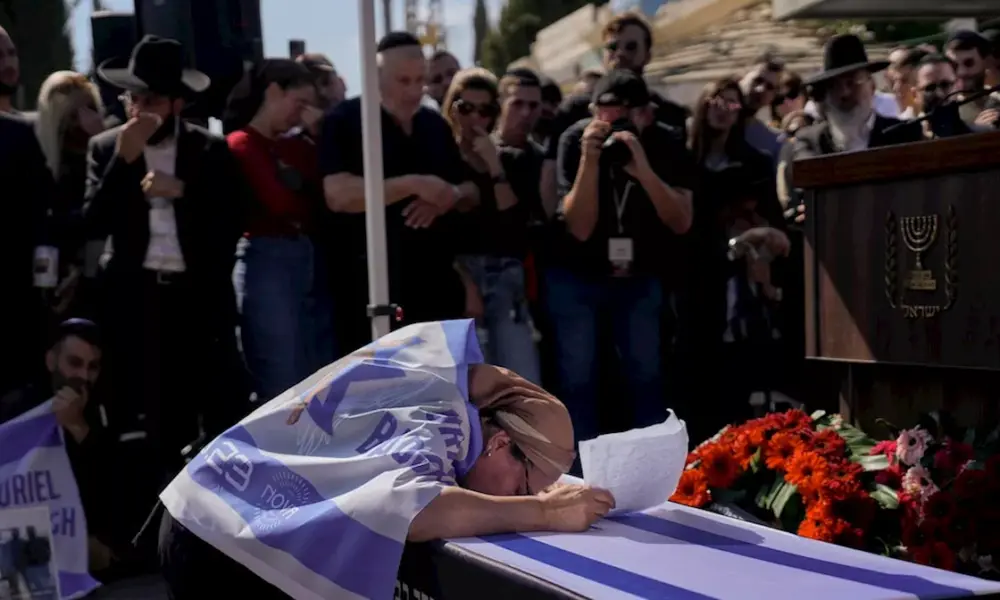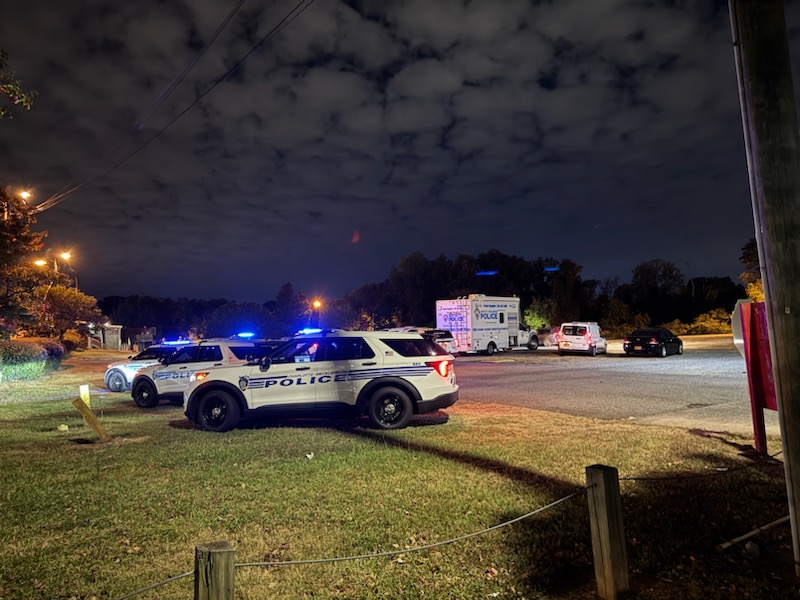UPDATE: The fragile cease-fire between Israel and Hamas is facing a critical test following a violent weekend that left 2 Israeli soldiers dead and heightened tensions in the region. The truce, now 10 days old, was rocked by missile strikes and retaliatory airstrikes that underscore the precarious nature of the agreement.
On October 17, 2025, the Israel Defense Forces confirmed that a missile targeted a military vehicle in Rafah, leading to the casualties. In response, Israel launched airstrikes on multiple buildings in Gaza, which it claimed were Hamas installations. This escalation raises urgent questions about the sustainability of the peace deal, with both sides now under pressure.
Despite Hamas’s denial of involvement in the missile attack, claiming it was executed by rogue militants, the group has been accused of violating the cease-fire terms. President Donald Trump expressed optimism about the cease-fire holding, stating, “We have a little situation with Hamas…that will be taken care of very quickly if they don’t straighten it out themselves.” His comments reflect a critical moment for ongoing negotiations.
The violence over the weekend is not an isolated incident. Since the cease-fire took effect, Hamas has taken to the streets of Gaza, attempting to assert control but also engaging in public displays of violence. This has raised concerns about their commitment to the peace process, especially as they have not agreed to disarm or relinquish control of Gaza, key conditions of the peace plan.
As mediators work to solidify the initial stages of the agreement, U.S. special envoy Steve Witkoff and Jared Kushner are actively involved in discussions with Israeli officials. The U.S. is leveraging its influence, as it remains a major donor to humanitarian efforts in the region, encouraging both sides to adhere to the cease-fire.
While U.S. diplomats are on the ground, the broader implications of this conflict continue to resonate. Experts warn that the lack of commitment from Hamas to disarm and the refusal to engage meaningfully in negotiations for Palestinian statehood complicate future discussions.
“There are good reasons to be concerned. Hamas and Israel both accepted the ceasefire proposal with a ‘Yes, but…’,”
stated Ariel Ahram, a Middle East specialist at Virginia Tech.
The international community is closely monitoring the situation, especially as mediators convene in Egypt to discuss the implementation of the first phase of peace. The U.S. remains poised to facilitate reconstruction efforts, anticipating contributions from regional partners such as Saudi Arabia and the Emirates.
As the situation develops, the world watches closely. The stakes are high, and the lives of countless civilians hang in the balance. The coming days will be crucial in determining whether this peace can endure amidst ongoing violence and political turmoil.
Stay tuned for updates as this story unfolds.







